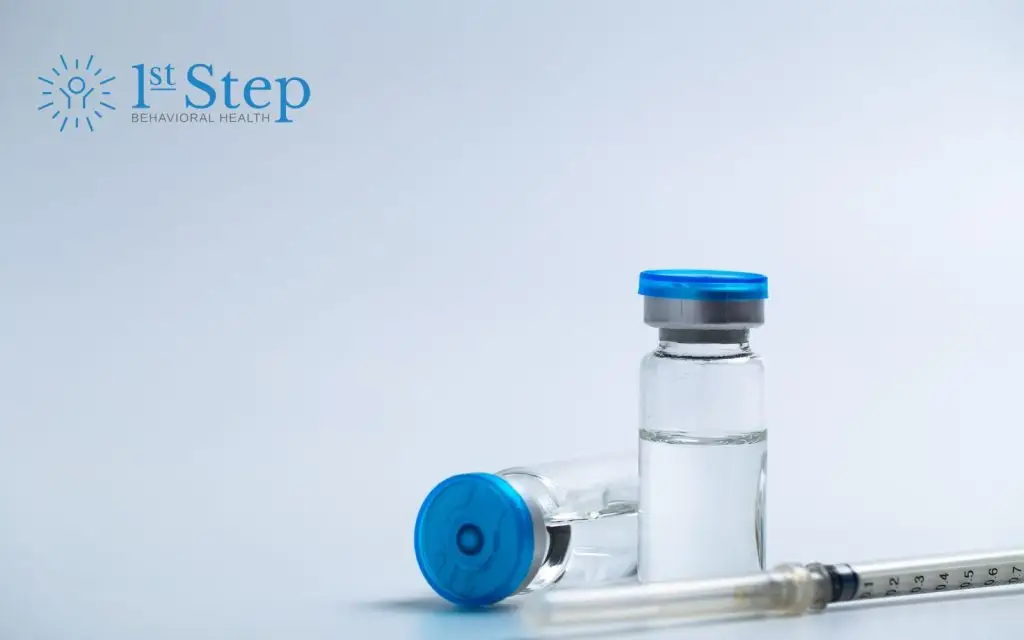Many people in the United States struggle with opioid abuse and addiction. About one in ten people in the US abuse an opioid drug at some point in their lifetime. It can be very challenging to overcome opioid abuse and addiction. Most people with opioid addiction require intensive treatment and ongoing support to avoid relapse.
Morphine is a commonly prescribed opiate drug with a high risk of abuse and addiction. It is essential to recognize the signs of morphine abuse and seek treatment as quickly as possible.
This article will explore how long morphine remains in the body after someone stops taking it. You will learn:
- How morphine addiction develops
- How long morphine stays in the body
- How long drug tests detect morphine
- What happens to the body during morphine withdrawal
- What to expect during morphine detox and addiction treatment
- Where to find treatment and recovery support
If you or a loved one struggles with morphine abuse or addiction, you are not alone. Find comprehensive treatment and recovery programs by contacting First Step Behavioral Health. Reach out with questions or schedule an intake appointment.
What is Morphine?
Morphine sulfate (morphine) is an opioid analgesic drug used to provide pain relief and sedation. Its name comes from Morpheus, the Greek god of dreams. Doctors may prescribe morphine to help patients manage pain during medical treatment or after surgery.
Common slang terms for morphine include:
- Monkey
- Roxanol
- Miss Emma
- M
- White stuff
Morphine is derived from the opium poppy plant. It works by binding to the brain’s opioid receptors in areas related to pain relief, pleasure, reward, and emotional regulation. People may experience sedation, euphoria, and relaxation while taking morphine.
Doctors typically limit morphine prescriptions for short-term use to reduce the risk of abuse and addiction. However, people may still misuse morphine and develop physical dependence. Morphine misuse includes:
- Taking more than prescribed (taking larger doses or taking it more often)
- Using morphine longer than prescribed
- Taking morphine recreationally (without a prescription)
Over time, morphine abuse can change the way a person’s brain and body work. These changes can make it very difficult to stop taking it. Many people require professional treatment programs to quit taking morphine and prevent relapse.
How Long Does Morphine Stay in Your System?
The body begins to metabolize (break down) morphine as soon as it reaches the bloodstream. Morphine’s half-life is about three hours.
The drug’s central nervous system (CNS) calming and pain-relieving effects may last four to six hours.
However, morphine may remain in the body for longer periods. Drug tests may detect the drug in different systems for hours or days after a person’s last dose.
Here is an overview of how long tests may detect morphine in the body’s systems, including blood, urine, saliva, and hair.
Urine tests
Urine testing is inexpensive and non-invasive, making it the most common form of drug testing in the US. This type of testing may detect morphine in urine for 12 hours or up to 36 hours after your last dose.
Saliva testing
While detection on urine testing is more common, saliva testing can detect this drug for even longer. Saliva testing may detect morphine for up to four days after your last dose.
Blood tests
Blood testing has a relatively short detection window of up to 4.5 hours after your last dose.
Hair tests
Hair testing has the longest detection window but is uncommon. Hair testing may detect morphine for up to 90 days after your last dose of the drug.
Durg tests can be very sensitive and may produce a false positive in people who consume large amounts of poppy seeds before a test. Generally, if you are concerned about passing a drug test, it may be a sign that you need help to overcome substance use disorder.
Understanding Morphine Withdrawal
People who develop morphine or opioid addiction may experience challenging withdrawal symptoms when they stop taking these drugs. Common withdrawal symptoms include:
- Nausea
- Insomnia
- Watery eyes
- Runny nose
- Excessive sweating
- Abdominal cramps
- Diarrhea
- Anxiety
- Agitation
- Muscle aches
- Dilated pupils
- Agitation
Symptoms of morphine withdrawal may last days, weeks, or even longer. Long term withdrawal symptoms can make it very challenging to detox entirely and avoid relapse. Many people require significant support, including detox treatment, to stop taking opioids and prevent relapse.
Treatment during detox may include medications, emotional support, supervision, and other evidence-based therapies. To help manage symptoms, people may also participate in holistic therapies like mindfulness and exercise.
After completing detox, people with opioid addiction must receive comprehensive treatment to address the emotional, physical, and behavioral aspects of substance abuse.
Find Treatment Now
If you or someone you love struggles with morphine abuse or addiction, you can find effective treatment at First Step Behavioral Health. Contact our intake specialists to explore our treatment and recovery support programs or to schedule an appointment.
References:
- National Institute of Health (NIH): Morphine
- U.S. Drug Enforcement Administration (DEA): Morphine
- NIH: Morphine metabolites
Jump to a Section
Call (855) 425-4846
